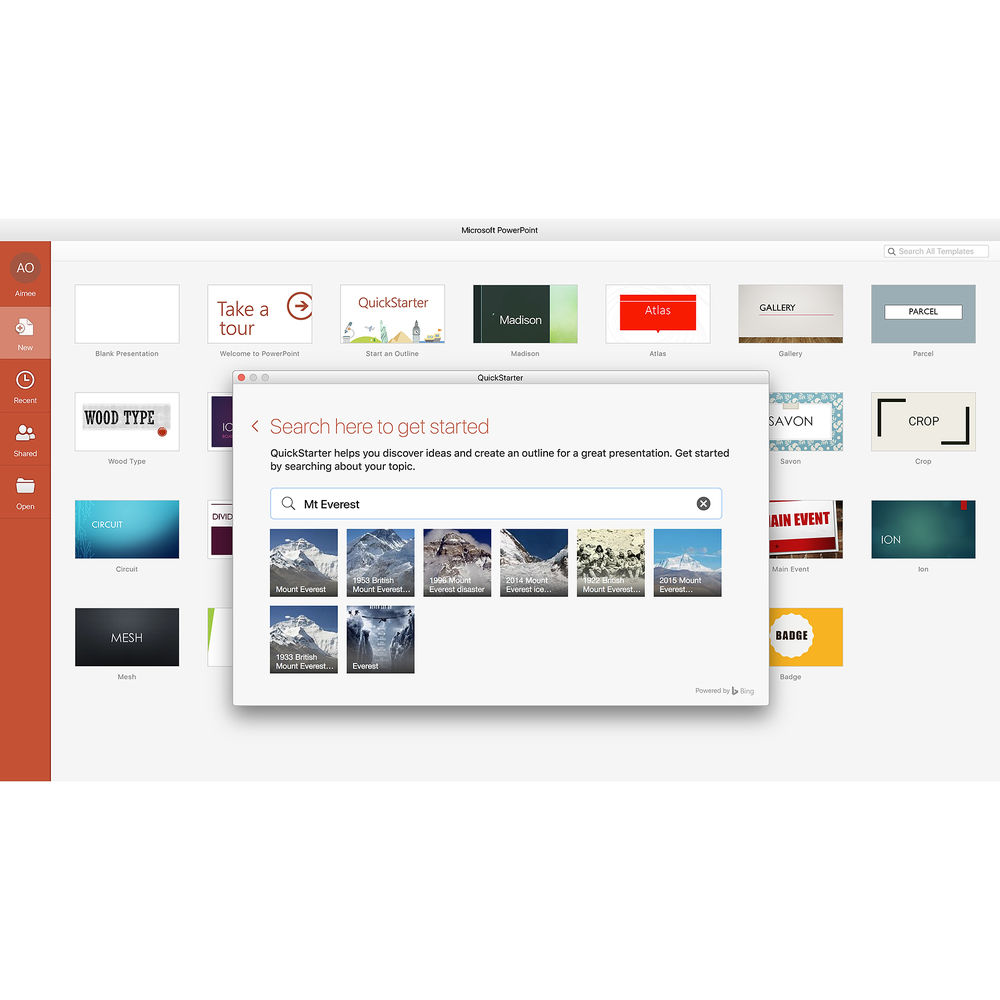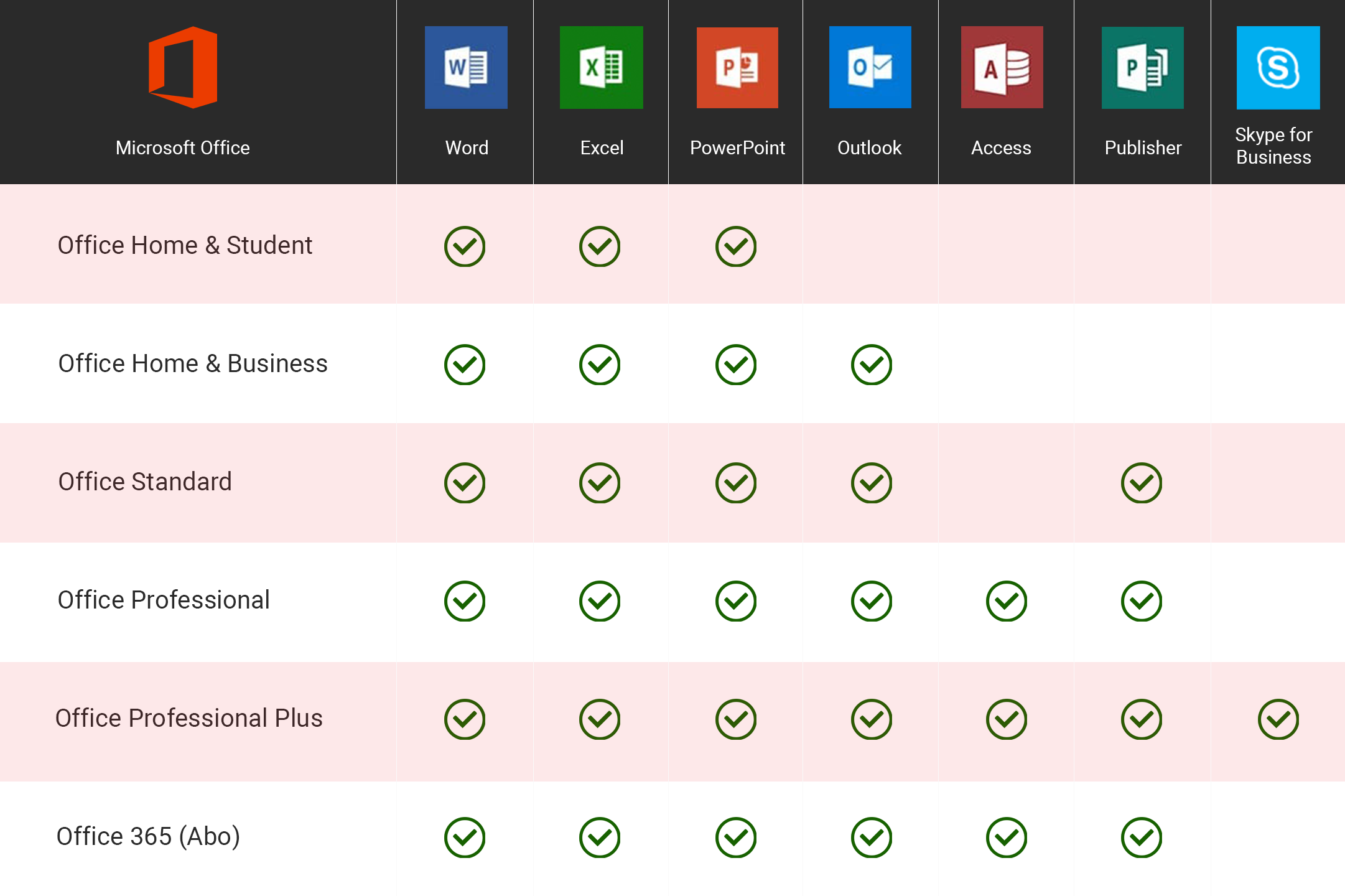The Best Home Printers of 2019
Table of Content
Except for slightly steep toner cartridge costs if you buy direct from Lexmark , it's the very model of a midrange to high-volume monochrome workhorse. If you need top-quality graphics and photos, the Neverstop isn't for you, but neither is any other mono laser. But if your home or small office needs to print around 2,500 black-and-white pages per month on a rock-bottom budget, with occasional copy and scan jobs thrown in, this MFP is a godsend.

Avoiding the cost of that wasted ink could actually save you more money than the extra cash you might pay for a fitting laser model. Scanning and copying are built in, and offer sharp detail reproduction at decent speeds. The entire device is controlled with an adjustable 5-inch color touch-screen. Whatever sort of printing you need, the quality and bang for the buck offered by the TS9210 make this the printer to get.
All trade fair services from a single source
It's part of an imageClass line with slight feature variations, and this model adds faxing if you need it. A big, easy-to-use touch panel and flexible paper handing for both printing and scanning make it a great utility player, and the mono output quality is excellent. CanonIf you want the fastest printing possible for your home, you need to upgrade to this color laser printer. It's the large 5-inch touchscreen of the Canon Color imageCLASS MF644Cdw that sets this device apart. It prints at a blistering fast 22ppm in full color and yet is somehow more affordable than some inkjet printers.

The Epson EcoTank Pro ET wide-format AIO prints well and inexpensively, and it comes with two years of unlimited free ink, making it an exceptional value for small businesses and workgroups. Features include the ability to print by emailing a document directly to the printer. You can also purchase an optional battery and operate the HP OfficeJet 250 Mobile without an outlet.
How Are You Going to Connect Your Printer?
Be sure to check out the MFP's size and weight, though chances are you won't be moving it very often. If you never print in color, there's no reason to spend money on this feature. Keep in mind, however, that many color laser MFPs can print at high enough quality to let you print your own marketing materials. This could be less expensive than printing small quantities at your local print shop, which may be enough reason to choose a color laser even if you don't need its color output for anything else. Some printers are built to offer great quality and value for the home user that prints a few pages a week, while others are built for busy offices where multiple users print dozens or hundreds of pages every day. Find the one that’s right for you to avoid paying for features you don’t need.

The HP DeskJet 2755e is on par with our most user-friendly models, which is a pleasant surprise for a device that comes in at a fraction of the cost of many top-tier models. Both operation and WiFi connectivity on this model are easy and straightforward. Getting beyond generalities about home and office MFPs, it's useful to make a list of the functions and features you actually need. Printing and copying are a given, and scanning is almost always included as well, but even these basics aren't as straightforward as you might expect. We've outlined below our top picks among home and office all-in-one printers we've tested. Read on for our labs-tested favorites, followed by the buying basics you should know when buying an AIO printer.
A Solid Print-Only Alternative to the HP OfficeJet Pro 9015e
Not every printer, however, can help shuffle your old fax machine, copier, and flatbed scanner off to the great recycling bin in the sky. PCMag.com is a leading authority on technology, delivering lab-based, independent reviews of the latest products and services. Our expert industry analysis and practical solutions help you make better buying decisions and get more from technology. Many printer manufacturers now offer ink subscriptions, so new ink shows up at your door when you need it. Plus, its operating costs are in line with its competitors', and its touch-screen control panel—which lets you configure print jobs in ways that previously required advanced software from Epson or Adobe—is superior. It also has more options for how you interact with the printer day to day.

Figure out how much you print by how often you buy paper and in what amounts. If you usually print on both sides of the paper, count each sheet as two pages in your calculations. The truth is, you have a lot of options to consider when searching for the best all-in-one printer for a small home office.
HP Tango X printer
While this feature is still a critical part of operations for many organizations and industries, it’s becoming less widely used. That means many systems omit fax capability, making for a more streamlined and affordable device. The best home office all-in-one printer should provide deep functionality with versatile built-in features and great quality prints with each job. Single-function printers are still a common part of many routines, but the advantages of an all-in-one or multifunction printer are numerous.
So consider including standalone faxing in your AIO, though there is much to be said for using an online fax service instead, whether for home or office. The HP OfficeJet 250 Mobile All-in-One Printer is an inkjet that's light enough to travel with, but can copy and scan as well as print. Canon's Color imageClass MF746Cdw all-in-one laser prints well and comes with a strong enterprise-oriented feature set, making it a good bet for larger organizations. For many college students a printer is still a must-have, so check out our guide to printing in college for all of our advice for students. The Brother performs fairly well in our tests, with solid, middle-of-the-pack scores for text speed and quality, and convenience.
Our only real complaint, beyond its cumbersome size, was a few random WiFi dropouts that we couldn't seem to pinpoint any obvious issue. Otherwise, the ImageClass MF741Cdw was an absolute pleasure to use and set the bar for our lineup. Most of the rest of our lineup falls in a range of $11 to $30 per 500 printed pages of black and white text. This text quality template allows us to gauge the resolution, saturation, sharpness, depth, etc. of each printer's monochrome prints. The OfficeJet Pro 9015e's ink costs can be reduced by enrolling in the HP Instant Ink program. The Epson Workforce Pro WF-4820's interface includes a USB port for printing photos from a flash drive.

The MFC-J985DW all-in-one delivers a lot for the money, but the real draw is its low cost per page, which makes it a great deal over time. We were seriously impressed with the images produced by the Epson Expression XP-640. Whether we used plain or glossy photo paper, this inkjet delivered great prints for photos and graphics – we just wish the XP-640 was better at basic text documents. Photographers will particularly like the warm skin tones that the XP-640 produces, while we found the well-saturated colors of prints pleasing to the eye. Epson’s printer is not just good, it's the best photo printer we've reviewed.
Our testing demonstrated that the WF-4820 balances fast reproduction of text and photos without sacrificing quality. We consistently saw crisp text and vivid colors without striping or artifacts and consistently put up some of the fastest printing speeds in our lineup. The setup is intuitive and quick, and the interface is awesome, hosting a range of helpful troubleshooting capabilities that can quickly help you resolve any issues.
With an accessible starting price and great value per page, this HP LaserJet Pro is a strong entry into the world of laser printing. It provides better cartridge capacity and much lower per-page costs, so users with legacy or ink printers can easily boost their output and drive down recurring expenses. Plus, in addition to standard wireless, it offers extensive web support so you can scan and share via the cloud. Like the HP OfficeJet 5255, the HP OfficeJet Pro 8025 also has automatic two-sided printing and automatic document feeding.
With tank printers, which use refillable ink reservoirs instead of disposable ink cartridges, you can spend less than $10 a year on bottled ink as opposed to $70 and up for ink cartridges. Color laser printers are also an option, though their relatively high price and toner costs make them better suited to a small business or professional office. What kind of printer you get for your home depends on what you plan on printing. As a general rule, if you print text only, or text and graphics that don't need color, a mono laser printer will do the trick. If photos are on your agenda, you need an inkjet or dedicated small format photo printer. If the only color output you print is graphics, you probably want an inkjet as well, but if you print infrequently, an inexpensive color laser may be the better choice.
Many ADFs can handle two-sided documents—either by scanning one side and flipping the page over to scan the other side, or by employing two sensors to scan both sides of the page in a single pass. Some single-sided ADFs let you scan one side of a stack of pages, flip the stack manually to scan the other side, and then automatically interfile the pages in the right order. Epson's LabelWorks LW-PX900 is a serious piece of equipment ($299 alone, or $379 for Epson's deluxe kit with rechargeable battery and hard-shell carrying case).
Comments
Post a Comment